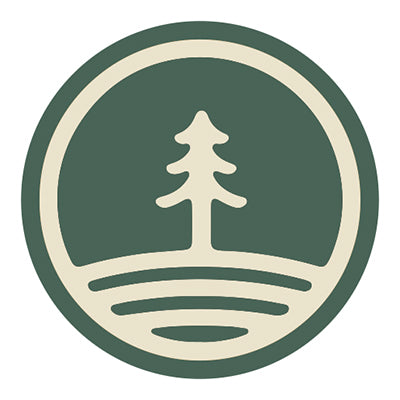Introduction
The breathtaking landscapes and serene beauty of Maui, Hawaii, have long captured the hearts of both locals and tourists alike. However, paradise took a tragic turn when a series of wildfires swept across the island, leaving behind a trail of destruction that tested the community's resilience. In this blog post, we'll delve into the causes, impacts, and the remarkable efforts of people coming together in the face of adversity during the Maui fires.
Unveiling the Causes
The causes of wildfires can be complex, often stemming from a combination of natural and human factors. In the case of the Maui fires, a combination of prolonged drought, strong winds, and human activity played a significant role. The drought created dry and brittle vegetation, while the strong winds quickly spread embers, turning small sparks into raging infernos. Unfortunately, instances of human negligence, such as unattended campfires or discarded cigarette butts, can trigger these blazes that rapidly escalate out of control.
The Impact on Communities and Environment
The impact of the Maui fires was both immediate and far-reaching. Flames consumed homes, displacing families and devastating entire neighborhoods. Businesses that relied on the island's tourism-driven economy were also severely affected, leading to loss of livelihoods. The fires wreaked havoc on the island's unique ecosystem, destroying habitats and threatening the survival of local plant and animal species. The iconic natural landmarks that drew visitors to Maui were scarred by the flames, serving as a stark reminder of the fragility of even the most seemingly invincible environments.
Rallying Together: Community Resilience
Amidst the heartbreak and destruction, the fires highlighted the remarkable spirit of unity and resilience within the Maui community. Individuals, organizations, and government agencies quickly mobilized to provide assistance to those affected. Evacuation centers were set up to provide shelter and necessities to evacuees. Community members opened their doors to provide temporary homes for displaced families and pets. Volunteers worked tirelessly alongside firefighters to contain the blazes and provide support to emergency responders.
The Power of Preparedness
The Maui fires underscored the importance of preparedness in the face of natural disasters. The community's response was undoubtedly strengthened by prior efforts to educate residents about wildfire risks, evacuation procedures, and emergency response plans. Public awareness campaigns, workshops, and drills equipped individuals with the knowledge and tools needed to navigate through the chaos. These preparedness measures proved invaluable in a time of crisis, enabling a more coordinated and effective response.
Looking Forward: Restoration and Learning
As the fires were gradually contained and brought under control, the focus shifted to restoration and rebuilding. Efforts to replant and rehabilitate the damaged ecosystems began, reminding us of nature's remarkable ability to regenerate with care and attention. The Maui community's commitment to learning from the experience will likely lead to updated building codes, improved infrastructure, and enhanced disaster management strategies to minimize future risks.
Conclusion
The Maui fires were a devastating reminder of the unpredictable power of nature and the crucial importance of community preparedness and resilience. While the scars left behind by the fires will take time to heal, the response of the Maui community showcased the strength that emerges when people come together in the face of adversity. The fires serve as a poignant reminder that, as stewards of our environment, it is our responsibility to both protect and learn from the delicate balance of nature that surrounds us.


0 comments